Review: ’08’ by Michael Crowley and Dan Goldman
 08: A Graphic Diary of the Campaign Trail
08: A Graphic Diary of the Campaign Trail
By Michael Crowley and Dan Goldman
Three Rivers Press, January 2009, $17.95
Typically, there are two kinds of non-fiction books about big events – first are the quick-and-dirty ones that come out almost immediately, pulled together from news reports or written on the fly or just knocked out by a writer with lightning fingers. The other is the “think piece” – longer, more measured, with time for distance and clarity. They each have their strengths: the quick books can crystallize a mood, and remind us of what we felt at the time, while the slower books tend to be the ones that last. It happens with all kinds of nonfictional topics, from biographies (the quickies come out after the personage has done something major, such as died) to political scandals to social movements.
But the area that attracts more quick books than any other is high-level politics – since the energy available to be expended on political arguments, thoughts, and post-mortems is effectively infinite; the winners are always happy to relive their victories and the losers are desperate to know how to win the next time. So every four years there’s a wave of books about the US presidential race: it starts slow, about a year out, with potted campaign biographies and thinly disguised position papers and various attempts to influence the debate. Once the race gets going in earnest, the Swift Boats start running – quick-and-dirty books (usually as dirty as possible) aimed at real or perceived weaknesses, plus new or updated versions of the first kind of books. And then there’s another rush after the election is done, praising or damning the winner, and explaining how everything will be utterly different, unless it’s going to be completely the same. At the same time, reporters bash their campaign columns into shape and shove them out the door as books, or quickly explain for posterity how they knew all of the important things all along. Finally, the slower, more thoughtful books – things like [[[What It Takes]]] and [[[The Selling of the President]]] – come along a year or so later…just as the machine starts to gear up for the next time around.


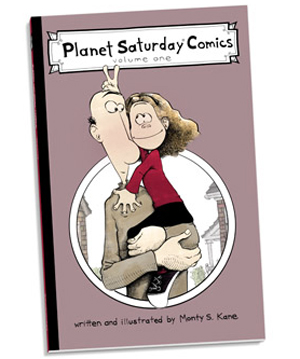 Planet Saturday Comics: Volume One
Planet Saturday Comics: Volume One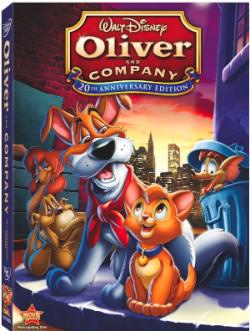 Disney’s fortunes with their animated fare had fallen fairly far by the 1980s. The sheer expense of hand animation made the films difficult to mount and then changing audience tastes always seem to stay a step or two ahead of Disney. In the past, Disney films were the tastemakers, introducing pop songs and icons but those days more or less ended in 1968 with the [[[Jungle Book]]].
Disney’s fortunes with their animated fare had fallen fairly far by the 1980s. The sheer expense of hand animation made the films difficult to mount and then changing audience tastes always seem to stay a step or two ahead of Disney. In the past, Disney films were the tastemakers, introducing pop songs and icons but those days more or less ended in 1968 with the [[[Jungle Book]]].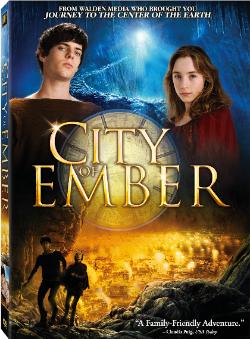 Other than the [[[Narnia]]] movies, and more recently Inkheart, there really haven’t been many good fantasy films aimed at families. That’s why 20th Century-Fox’s [[[City of Ember]]] proved to be such a major disappointment.
Other than the [[[Narnia]]] movies, and more recently Inkheart, there really haven’t been many good fantasy films aimed at families. That’s why 20th Century-Fox’s [[[City of Ember]]] proved to be such a major disappointment.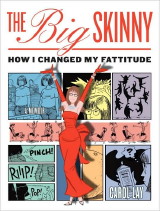

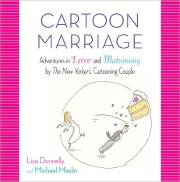
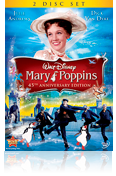 As new anniversary editions or Blu-ray releases of classic films continue to arrive, the question has to be asked each time: is it worth the upgrade?
As new anniversary editions or Blu-ray releases of classic films continue to arrive, the question has to be asked each time: is it worth the upgrade?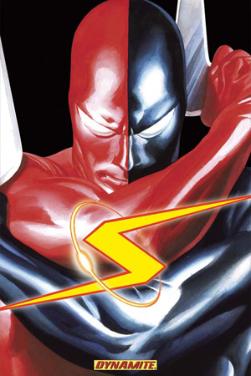 When [[[Superman]]] whet readers’ appetite for costumed champions, comic book publishers responded and for the next decade, hundreds of characters arrived. A handful survived through the changes in publishing and most of the others were consigned to the second hand shops and the vault of memory. As a result, many fell into public domain, allowing anyone to dust them off and bring them back into print.
When [[[Superman]]] whet readers’ appetite for costumed champions, comic book publishers responded and for the next decade, hundreds of characters arrived. A handful survived through the changes in publishing and most of the others were consigned to the second hand shops and the vault of memory. As a result, many fell into public domain, allowing anyone to dust them off and bring them back into print.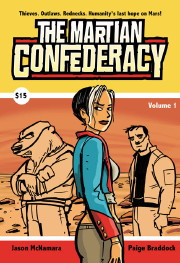 These two books have very little in common on the surface, but, beneath that…they deeply have little in common. But they’re both fairly new, not all that well-known, and self-published by their respective female creators (with an asterisk in the first case, which I’ll get to) – so that’s good enough for me.
These two books have very little in common on the surface, but, beneath that…they deeply have little in common. But they’re both fairly new, not all that well-known, and self-published by their respective female creators (with an asterisk in the first case, which I’ll get to) – so that’s good enough for me.








